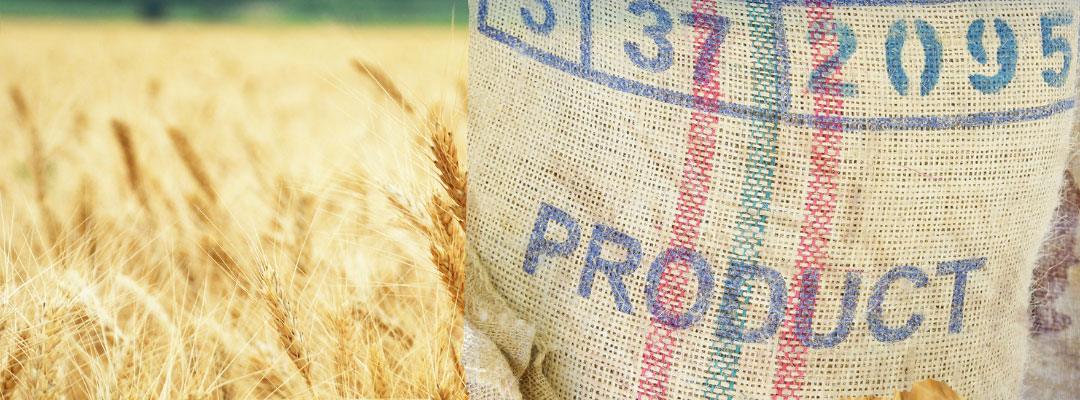On average, sorghum prices received by U.S. farmers have followed corn prices, albeit generally at a discount compared to corn over the last 20 years. However, since May 2020, sorghum prices have paid a significant premium over corn (Figure 1). An increase in export demand improved the U.S. sorghum-over-corn premiums from an average discount of $0.14/bu from 2014-19 to an average premium of $0.44/bu for 2020-21. The U.S.-China Phase One Trade Agreement (U.S. sorghum exports are not subject to tariff-rate quotas, like corn), the recovery of the Chinese swine sector, and high corn prices that supported high exports of U.S. sorghum to China were considered the causes for the change in sorghum/corn price ratios.
Figure 1: Sorghum Minus Corn Price Received by U.S. Farmers

Unexpectedly, sorghum premiums over corn declined sharply during the second quarter of 2022. In July 2022, the average sorghum price received by U.S. farmers was at a discount of $1.70/bu compared to corn. The sorghum/corn ratio dropped to 0.76.
Many factors are contributing to the decline. In the past, years with strong exports of sorghum have been associated with higher sorghum premiums over corn. According to the USDA Foreign Agricultural Service (FAS), estimated sorghum exports for the 2022/23 marketing year have been reduced by 2.4 million metric tons (MT) compared to the previous marketing year (5 million MT in 2022/23 compared to 7.4 million MT in 2021/22).
Historically, the U.S. has been the world’s leading sorghum exporter, accounting for 73% of all international exports in the last 30 years. For the 2021/22 marketing year, U.S. sorghum exports represented 61% of world exports. Considering current USDA estimated exports, U.S. sorghum exports will only represent 51.4% of world exports for the 2022/23 marketing year.
China, the primary buyer of U.S. and worldwide sorghum is projected to cut its imports this season due to lower feed grain demand expectations. Total coarse grain imports from China are expected to decrease by 15% in 2022/23. The USDA estimated a reduction in China’s sorghum imports of 2.4 million MT (23.8%). During 2020/21, China imported 94% of total U.S. sorghum exports and about 85.5% of world sorghum exports.
In addition, sorghum production in the U.S. has been severely affected by drought, significantly reducing the amount of sorghum available to be exported. In fact, USDA estimates a reduction of 43.7% in U.S. production for 2022 compared to the 2021 season. Estimated yields and harvested acreage are 23% and 17% lower than last season, respectively. Ending stocks are estimated to drop back to 2020-21 levels of 0.517 million MT.
High sorghum discounts over corn generally result in a retraction of the planting area in the next growing season. FAPRI’s August Baseline Update for U.S. Agriculture Markets estimates 8% less sorghum planting area than last season. FAPRI estimates 5.8 million acres in the 2023/24 season, within the historic planting range before the 21/22 and 22/23 seasons.
References
USDA Foreign Agricultural Service, Production, Supply, and Distribution. https://apps.fas.usda.gov/psdonline/app/index.html#/app/advQuery
FAPRI, Baseline Update for U.S. Agricultural Markets https://www.fapri.missouri.edu/wp-content/uploads/2022/08/2022-Baseline-Outlook-August-Update.pdf
Abello, Francisco “Pancho”. “U.S. Sorghum-Corn Premium Prices Sharply Fell During this Quarter“. Southern Ag Today 2(42.1). October 10, 2022. Permalink









